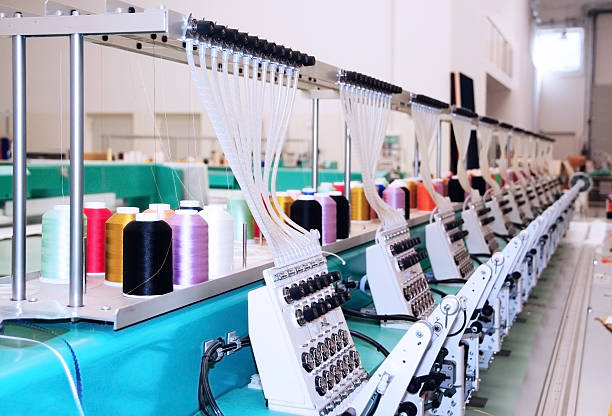
Introduction:
Welcome to the fascinating realm of the textile industry! In this blog, we will take you on a journey through the intricate world of textiles, exploring the processes, innovations, and significant contributions of this vibrant industry. Join us as we unravel the secrets behind the creation of the fabrics that surround us every day.
1. Understanding the Textile Industry:
The textile industry encompasses the production of various types of fabrics, including clothing, household textiles, and industrial materials. It involves the cultivation of fibers, their conversion into yarns or threads, and the subsequent weaving, knitting, or other techniques to create fabrics. The textile industry plays a pivotal role in the global economy, providing employment to millions of people worldwide and catering to diverse consumer needs.
2. Fiber Cultivation and Production:
At the heart of the textile industry lies the cultivation and production of fibers. Natural fibers, such as cotton, silk, and wool, are derived from plants or animals, while synthetic fibers, like polyester and nylon, are created through chemical processes. Fiber producers employ various methods, including farming, harvesting, and processing, to obtain high-quality fibers that serve as the foundation for textile production.
3. Spinning and Yarn Formation:
Once fibers are obtained, they undergo the spinning process to transform them into yarns. Spinning involves pulling and twisting the fibers to create a continuous strand suitable for weaving or knitting. This step is crucial in determining the texture, strength, and overall quality of the final fabric. Modern spinning techniques utilize advanced machinery, enabling efficient and precise yarn production.
4. Fabric Creation Techniques:
After the yarns are ready, they are used to create fabrics through various techniques. Weaving, the most common method, interlaces yarns vertically (warp) and horizontally (weft) to form a stable fabric structure. Knitting, on the other hand, loops yarns together to create flexible and stretchable fabrics. Other techniques like felting, dyeing, printing, and finishing add further versatility and aesthetics to textiles.
5. Technological Advancements:
The textile industry continually embraces technological advancements to enhance productivity and innovation. Automation and computer-controlled machinery have revolutionized production processes, enabling higher efficiency and consistent quality. Additionally, digital printing techniques have expanded design possibilities, allowing for intricate patterns and customization. Sustainable practices and the development of eco-friendly materials have also gained significant attention, contributing to a greener future for the industry.
6. Impact on Society and the Environment :
The textile industry has a profound impact on society and the environment. It serves as a vital source of employment, supporting economies globally. However, it also faces challenges related to labor conditions, waste management, and carbon emissions. Efforts are being made to address these concerns through ethical sourcing, recycling initiatives, and the adoption of sustainable practices throughout the supply chain.
Conclusion :
The textile industry’s intricate processes and continuous innovation shape the fabrics we encounter every day. From the cultivation of fibers to the creation of stunning fabrics, the industry’s secrets are unraveled step by step. By embracing sustainability and technological advancements, the textile industry can continue to evolve and create a wonderful world of textiles for generations to come.